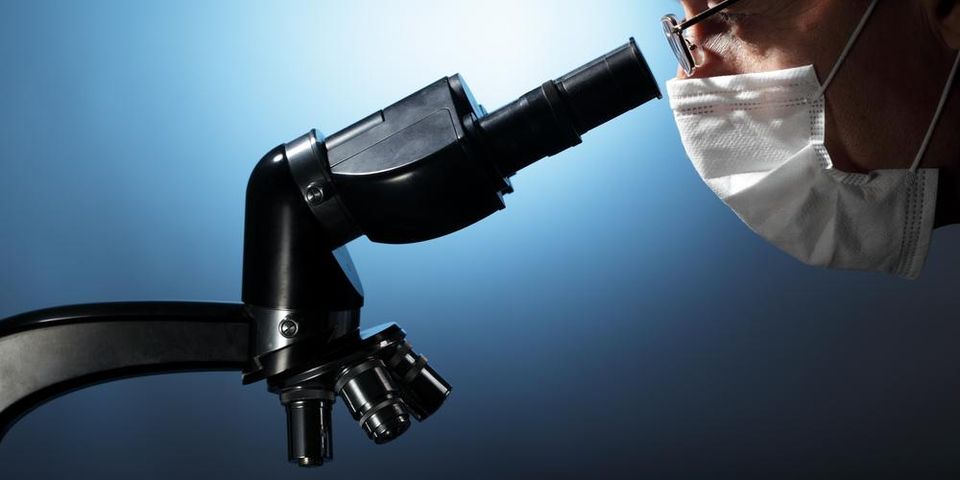Research Shows Nanowired Drugs Could Treat Parkinson’s Disease

Parkinson’s is one of the leading neurodegenerative diseases. With no cure, treatment options and management vary from patient to patient. Researchers continue to look for new and innovative treatment methods. Recently, nanowired drugs have shown promise. The volunteers at Connecticut Advocates for Parkinson’s in Windsor, CT, share more details on this exciting possibility, as new findings may lead to a solution in the future.
The recent study, whose findings were shared on November 14th at the Neuroscience 2017 meeting in Washington, D.C., detailed how disease models showed that nanowires effectively deliver drugs to parts of the brain affected by Parkinson’s disease. Nanowires, which are microscopic implants, offer highly focused drug delivery as needed to specified treatment sites, some of which are even wirelessly controlled.
 The primary hurdle researchers have previously encountered with these drugs is that the body breaks them down before they’re delivered to areas in the brain. This has been the case with cerebrolysin (CBL), a peptide mixture that fosters nerve tissue growth.
The primary hurdle researchers have previously encountered with these drugs is that the body breaks them down before they’re delivered to areas in the brain. This has been the case with cerebrolysin (CBL), a peptide mixture that fosters nerve tissue growth.
Discoveries by Dr. Ryan Tian, Associate Professor at the University of Arkansas, detail how nanoparticles made of titanium dioxide in animal models deliver CBL to the brain more effectively. Further research is needed to prove the efficacy of titanium dioxide wires in Parkinson’s models. However, with the support of an international effort to cure the disease, this discovery may lead to a treatment.
The volunteers at Connecticut Advocates for Parkinson’s is committed to sharing and promoting the latest in Parkinson’s research, as well as helping patients and their families live healthy, fulfilling lives. They offer a variety of educational resources, news, and clinical trial updates—all meant to help patients achieve a higher quality of life. Call (860) 266-6040 to speak with a volunteer. Visit their website and Facebook to learn more about their services.
About the Business
Have a question? Ask the experts!
Send your question

